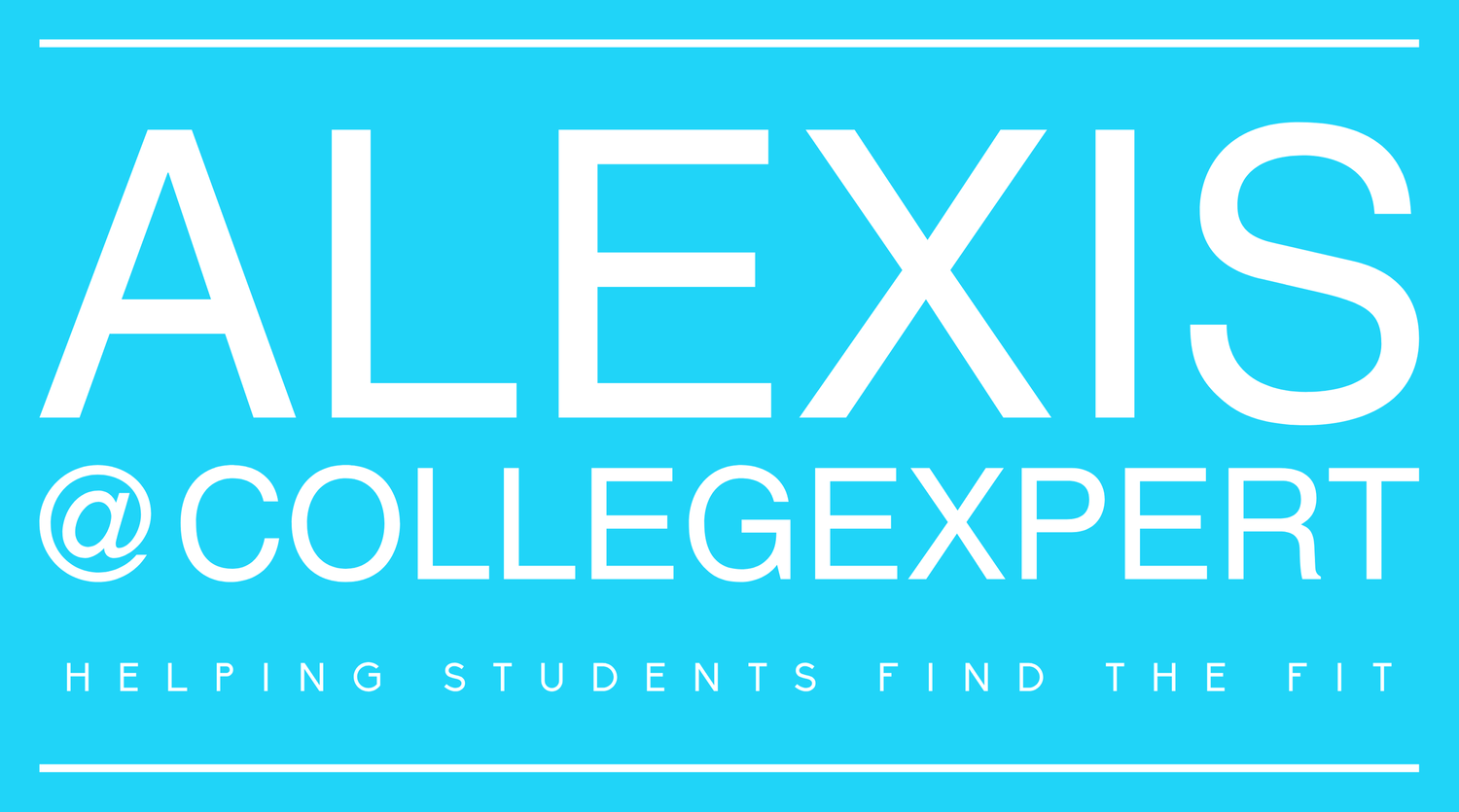Why College Admissions Are Harder Than Ever
While college acceptance letters once arrived with predictable timing and relatively stable admission rates, today's applicants face an increasingly complex landscape marked by unprecedented competition.
You're now competing against more applicants than ever before, with Common App data showing a 4% increase in applicants and a 6% rise in total applications for 2024-2025. This surge requires sophisticated application strategies as students now submit to an average of 6.10 schools, a figure that continues to climb.
Colleges have responded with complex yield management techniques, including increased use of waitlists and deferrals, as they struggle to predict how many admitted students will actually enroll.
The waitlist situation has become particularly challenging. Schools like the University of Michigan waitlisted nearly 25,000 students, enough to fill three freshman classes, but ultimately admitted less than 4% from that group. Similarly, UVA waitlisted over 10,000 applicants with just 242 eventually gaining admission. Deferrals have reached unprecedented levels, with some institutions like Vanderbilt reporting a 60% increase in deferred early applications.
You might find yourself in admissions limbo well into May or June, as colleges extend their decision timeline to manage enrollment targets. If you're considering public universities, you'll encounter stark differences in admission rates between in-state and out-of-state applicants. At UT Austin, in-state students enjoy a 40% acceptance rate compared to just 12% for non-residents. State flagships increasingly cap out-of-state enrollment, making these institutions extremely competitive for applicants from beyond their borders. Working with a college admissions counselor can provide personalized guidance through these residency complexities and help identify schools where your profile might be more competitive.
The test-optional uncertainty adds another layer of complexity to your college planning. Many schools adopted these policies during the pandemic, triggering application surges exceeding 30%. As colleges reassess these policies for 2025-2026, the lack of clear direction creates additional unpredictability in an already stressful process. Starting your college research early during freshman year has become essential for building a competitive and realistic college list that accounts for these shifting admissions landscapes. Thorough explanations of your extracurricular activities have become even more crucial as admissions officers seek to distinguish between similarly qualified applicants.
You're applying during a pivotal demographic moment as well. Fall 2025 marks the beginning of the "enrollment cliff," when the number of high school graduates will decline sharply due to post-2007 birth rates. By 2039, there will be approximately 15% fewer 18-year-olds annually, about 650,000 fewer potential applicants. While this might eventually ease competition, the current surge represents a final wave before demographic contraction impacts admissions. This heightened competition has created measurable mental health tolls among students, with nearly half reporting that stress and anxiety overshadow their college search experience.
Meanwhile, selective institutions and flagship state universities remain relatively insulated from these enrollment fluctuations, maintaining their competitive edge even as smaller colleges struggle with recruitment challenges.
These converging factors - increased application volume, waitlist uncertainty, residency disparities, test-optional ambiguity, and demographic shifts - have created an admissions environment more challenging and unpredictable than any previous generation has experienced.
Do you need help with the College Application Process?
Sign up for one of our live Zoom workshops. We can help make the application process easier!


